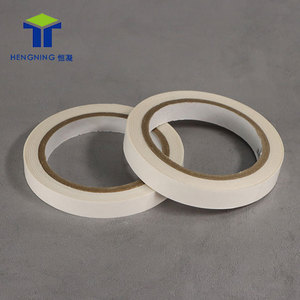

Fabric Glue Thermoplastic Hot Melt Adhesive Film Polyurethane Hot Melt Film Glue For Apparel Fabric Lamination


Glue For Leather Shoes Helmet Insole Hot Melt Glue Bonding Tongue Fixing Accessory Hot Melt Adhesive Block






















Leather is constantly bending and flexing and requires a flexible glue to maintain a lasting bond. Ordinary white or wood glue does not bond well to leather and can cause damage. Instead, Specialized leather glues come in handy.
Leather repair glues are a pure white color when dried. Due to this, they can be used with a wide range of leather tones and textures. Given their flexibility, leather glues are well-suited for leather dressing. An ideal leather glue possesses considerable strength and durability for diverse leather craft and repair purposes. Contact cements for leather are adhesives famous for their great shear strength. Typically, they create long-lasting bonds between two surfaces, making them the preferred glue for leather shoes. For instance, leather cement is used when only gluing the leather is desired, without further sewing. Gorilla glues for leather come in various forms to suit various projects. One possible demerit is that they are less durable and adaptable than leather glues. These are expected to suffice in cases of attaching a patch to leather. However, it is recommended to use leather glues in cases involving a high-quality leather piece, if the glue is to be visible post-drying, or if flexibility and durability are crucial factors in the final product.
Before usage, it is crucial to ensure adequate preparations. Please select a well-ventilated work area and a spacious work surface. Use a protective cloth or paper to cover the table or bench. The ideal application temperature for leather glue ranges between 41°F and 104°F. Prior to bonding the components, check the parts to be connected and conduct a proper fit test. Remove any debris or particles that impede the seal. To improve adhesion, very smooth surfaces like hard plastic or metal may need to be roughened with fine sandpaper before cleaning. Secondly, the surface to be bonded should be clean and dry. Use the rag soaked in soapy water to gently buff the leather and remove dirt and then use a second rag or cloth to remove any soap residue, ensuring that the leather is dried completely before proceeding. Eventually, a uniform and thin layer of glue is applied to one surface of the intended joint. In terms of gap-filling seals, it is suggested to employ the glue in a thicker quantity, up to a maximum of 1/5 inch. For a stronger initial grip, apply it to both surfaces.